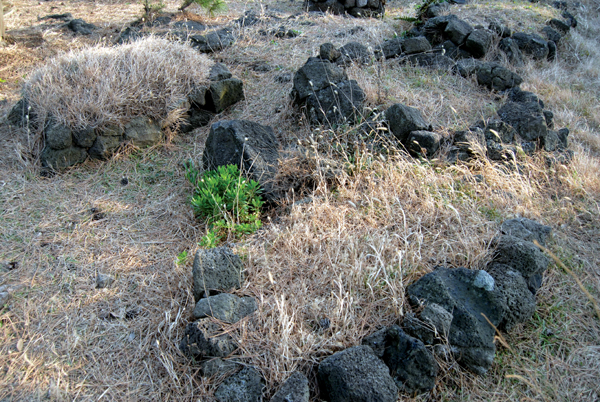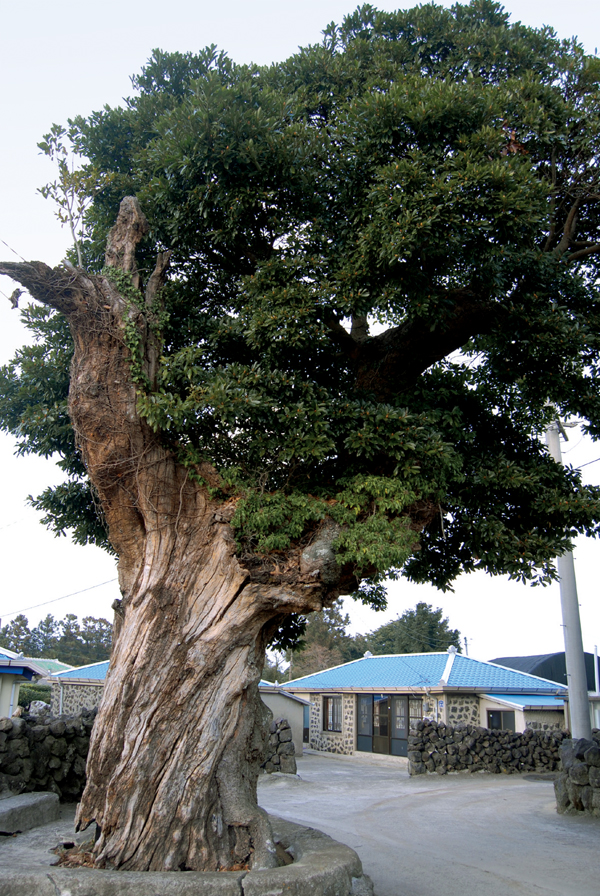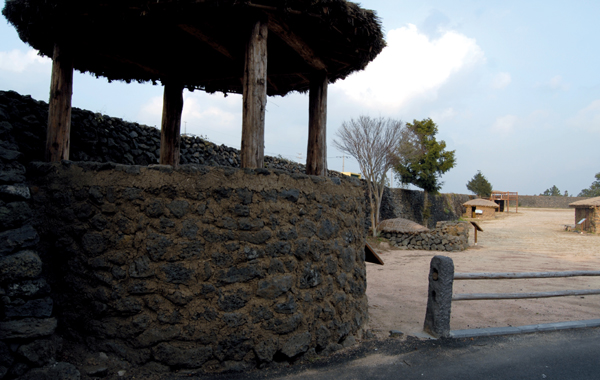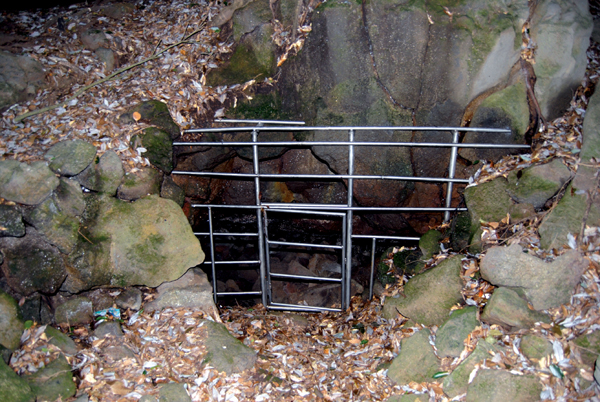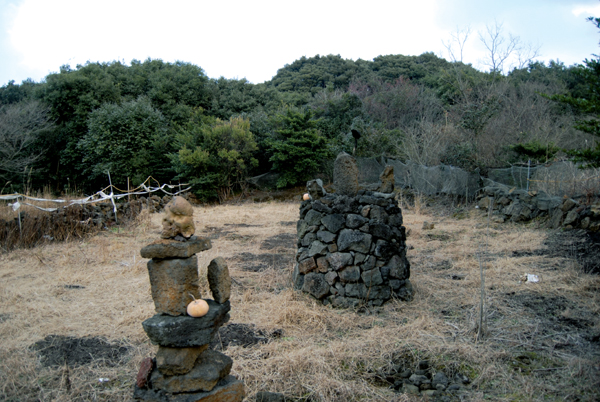| |
|
|
| ▲ Massacre survivor Kim Seok Bo, below, revisited the site of his two sisters’and one brother’s graves, left, with the writer and a translator. Photo by Kim Gyong Ho |
It had been a cold day, and very windy. A ship from Udo carrying police officers and soldiers had stopped on the shore of Bukchon due to the inclement weather. Suddenly, people began to hear gunshots. The officers were shooting fish in the water.
Out of fear, said Kim Seok Bo, who was 13 at the time, the locals ran down to the shore and killed the officers, then tried to hide the bodies by throwing them in the sea with weights attached. The following day, the bodies resurfaced at Jocheon Beach. Not long after, 450 local residents were slaughtered at Bukchon, Jeju.
| |
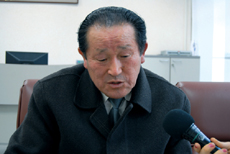 |
|
Kim Seok Bo |
Kim’s story took place at one of 600 massacre sites along the island. While many of the killing sprees took place on different dates, they were all related to an uprising that took place on April 3, 1948. It was the beginning of what 4.3 Peace Foundation lead researcher, Oh Seung Kook, calls an attempted genocide. The Bukchon historic site marks the deadliest spot on a recently proposed Dark Tourism tour, with which the Jeju provincial government wants to mark sites on the island as historic landmarks where tragedy occurred that, according to Oh, should not be forgotten.
Oh said that after the Japanese were forced out of political decisions on the Korean mainland to determine whether or not the Korean peninsula should separate as two sovereign nations, the uncompromising Jeju citizens were labeled as communist. Elections were scheduled to take place on May 10, 1948, in order to determine whether to separate as a communist North Korea and a democratic South Korea. Anyone in opposition to the separation was labeled communist.
| |
|
|
| ▲ The April 3 Massacre Tree. Photo by Kim Gyong Ho |
On April 3, 1948, the police on Jeju Island fired shots at demonstrators commemorating the Korean struggle against Japanese rule. Kook said the local people fought back by attacking 11 police stations. During the fighting, 120 people were reportedly killed. Rebels issued an appeal urging the local population to rise against the United States military government. The April 3rd events refer to a series of uprisings and counterinsurgency acts that occurred between 1948 and 1954.
| |
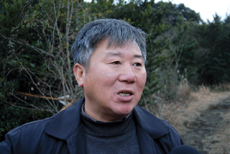 |
|
Oh Seung Kook |
Oh said the military burned 130 of the 183 villages, killing between 15,000 and 30,000 people.
After the bodies were discovered in Jocheon, officials came by day to Bukchon to pressure the people for information about the killings. At night, locals attacked the two officials and killed them as well. The following day, the military gathered the people of Bukchon together at the elementary school and began to kill them. Almost a third of the 1,200 people living in Bukchon were killed, roughly 450 victims.
The young men were targeted first, as they were believed to have initiated the attacks at the shore. After the killings, only 10 young men remained alive. Kim, one of those few survivors, said that people assume that the event was related to political conflict, but the people on the island were without radio or broadcast information so it was impossible for them to identify themselves as communist or even left. He believes the event occurred because of the cruel behavior of the police. “Even today I am afraid to speak of the event for fear of criticism,” he said.
| |
|
|
| ▲ A fortress in which Jeju residents tried to take refuge. Photo by Kim Gyong Ho |
The massacres occurred 60 years ago, but discussion of the events has been prohibited until the last decade. Oh said there was a special law which kept anyone from discussing anything related to communism or 4.3. With democratization in 1987, a movement was started by local students, activists and journalists to discover the truth about events surrounding the massacre. By the year 2000, the first South Korean Truth Commission was established to investigate the incidents.
“The Korean concept of democracy is still not fully realized,” Kim said. He still doesn’t believe in freedom of speech. Once he wrote an article about the killings in Bukchon and he said he was threatened by families who said the story was not true. “There are lots of people who have different opinions about the event, but before I die I want my story told.” There is still much conflict among the survivors, Kim said, and because of that, he cannot speak of everything that he would like.
| |
|
|
| ▲ A cave in Sunheul from which residents were dragged to a nearby field, below, to be executed. Photo by Kim Gyong Ho |
“I am alive, but there were eight of us in my family. My mother was arrested by the police because my father had disappeared. My older brother left and fled to Busan so in the end it was just my younger brother and I left to fend for ourselves. I escaped because I wasn’t shot, I begged for my life. After the police let me go, I returned to my home but it was already burned and the only thing left was a pair of shoes.
A history teacher from the mainland visiting the Bukchon site while we were there with Kim said that the general public does not know about the 4.3 massacre. She said that most people who do know of the event think of it as a sad ordeal and choose not to bother themselves with the tragic imagery.
Not far from Bukchon, re-searcher Oh revealed another massacre site that is home to a tree known as the April 3rd Massacre Tree. The tree stands off the beaten path in the middle of Sunheul Village. Oh said the tree survived the burning of the village and is a testament to the strength of the human survivors.
Those residents in the hills who were unable to retreat to the coast because of needing to care for livestock sought refuge in the forest areas of Jeju Island. Oh said the caves did little to help, as people were discovered and killed anyway. Inside the caves, one can still find utensils used by the refugee families to prepare their meals.
| |
|
|
| The stones serve as a memorial. Photo by Kim Gyong Ho |
Oh estimated it would take four days and three nights to see all the massacre sites on the island. “Jeju is very famous for tourism but all the tourism is in the name of beauty. However, the tragedies are also a part of Jeju tourism. To fully understand the meaning of Jeju, tourists need to see all aspects, dark and light.”
There is currently no English literature available on the locations of the sites. If you are interested in visiting the massacre locations you can contact the Jeju April 3 Peace Foundation.
Jeju April 3 Peace Park
Myeongrim-ro 430
Jeju City
Tel. 064-710-8461
(Korean only)
|










